How to Make Tempranillo Wine
Taking on Tempranillo
This thick skinned complex berry bomb will fill your palate with notes of ripe red cherry, blackberry, baking spices, strawberry jam, cocoa powder, tobacco, and black pepper. A fresh, vibrant, meaty wine ready to be drunk young or cellared for extra complexity. Sounds delicious doesn’t it?
Wine breakdown: Fruit forward with earthy qualities, usually oak aged 6-18 months in French or American Oak, med (+) tannin, med (-) acidity
Yeast Suggestions: VRB yeast is our top suggestion due to its consistent fermentation rate and enhancement of flavor complexity while softening tannins. This yeast helps improve the mid-palate structure, showcase black and red fruit flavors, and works well with malolactic fermentation. Originating from Logroño, Spain this yeast is the perfect pairing to your Tempranillo fermentation.
Tempranillo Available this Fall:
– Grapes from King’s River Ranch, Sanger, CA
– Grapes from Lanza-Musto Vineyards, Suisun Valley, CA
– Juice from Central Valley, CA
Winemaking Tips: We suggest the addition of the following additives when working with Tempranillo
– Fermentation:
o Tannin FT Rouge to help preserve the Tempranillo’s natural tannins and help preserve color. Add at the beginning of fermentation. Sprinkle into the must and punchdown.
o Booster Rouge helps enhance your wine’s color, tanninc structure, and fresh varietal aromas if you your fermentation is shorter than the grape usually needs. If you don’t have a temperature controlled cellar this is a cheap and easy tool to help enhance and maintain your fruit/wine quality. Add at the beginning of fermentation. Mix with a little distilled water, mix it up so that there are little to no clumps, mix into must.
o Opti-Red helps your wine obtain fuller body, more stable color (helps protect against oxidized color changes), and smooths the palate. Add at the beginning or towards the end of fermentation. Mix with a little distilled water, mix it up so that there are little to no clumps, mix into must.
o Maloactic Bacteria addition
– Aging:
o Oak Chips
o Oak Spirals
o Oak Barrels
If you don’t want to do a 100% Tempranillo, but are interested in blending we have a few interesting blends for you to try. Tempranillo blends well with Grenache, Cabernet, and Syrah.
Australian Style: 65% Tempranillo, 25% Grenache, 10% Syrah
Spanish Style: 95% Tempranillo, 5% Grenache or Syrah
Rioja ”Crianza” Style: 95% Tempranillo, 5% Grenache + Age for 2 years in a French or American Oak barrel.
Rioja ”Reserva” Style: 95% Tempranillo, 5% Grenache or Cabernet or 100% Tempranillo + Age at least 1 year in barrels and 2 years in bottle
Rioja ”Gran Reserva” Style: 95% Tempranillo, 5% Grenache or Cabernet or 100% Tempranillo + Age 2 years in barrel and 2 years in bottle
Rioja ”Gran Anada” Style: 95% Tempranillo, 5% Grenache or Cabernet or 100% Tempranillo + Age at least 3 years on the lees in barrel. Grapes must be hand harvested.
Tempranillo is show stopping, crowd pleasing wine for everyone to enjoy. A great addition to any red wine drinkers cellar. Please call 877-812-1137 or email sales@juicegrape.com for more details.
An Evening with Ron Lanza – May 8th, 2019
Happy Friday Winemakers! We are excited to announce..
“An Evening with Ron Lanza” Event from Lanza Vineyards and Wooden Valley Winery. The event will be held Wednesday, May 8, 6:00 PM at Herd Restaurant – 200 Main Street, Middletown.
Enjoy some wines from Suisun Valley, wines from the Southern Hemisphere and an update by the Musto Family on grapes from Chile. Ron Lanza will speak about the signature grape of the Suisun Valley, Petite Sirah as well as their other excellent offerings, and answer any questions you may have.
Also, several of the Connecticut AWS Chapters will be pouring some of their member’s wines for you to enjoy.
This event is now open to AWS members and non-members. Click on the link below to sign-up with Herd Restaurant and pay your $35 fee per person which also includes a dinner choice of Penne Vodka, Crab Stuffed Filet of Sole, or Chicken Piccata.
Link for Tickets: http://bit.ly/RLWD2019
Chilean Wine Grape and Juice Update
Our Chilean grapes are ripening and flourishing. The red grapes have full color and should be arriving in late April/early May. The Chilean juices should be arriving the first week in May.
Arrival Dates: White grapes should arrive around the last week in April and the red grapes should start to arrive around the last week in April, first week in May. Get your crushers ready!
Ps- check out our grower’s Chilean Wine Festival Video HERE.
Grapes Available: Chardonnay, Pinot Grigio, Sauvignon Blanc, Viognier, Cabernet Sauvignon, Carmenere, Cabernet Franc, Malbec, Merlot, Petite Verdot, Pinot Noir, and Syrah
Juices Available: Carmenere, Cabernet Sauvignon, Cabernet Franc, Cabernet/Merlot Blend, Malbec, Merlot, Petite Verdot, Pinot Noir, Syrah, Chardonnay, Pinot Grigio, Sauvignon Blanc, and Viognier
Fresco Juices Available: Cabernet Sauvignon, Carmenere, Merlot, Malbec, Chardonnay, Sauvignon Blanc, Viognier, Chardonnay/Semillon Blend
Give us a call or send us an email to secure your order!
Phone: 877-812-1137
Email: sales@juicegrape.com
2019 Winemaking Class Schedule

Start the year off right with Winemaking Classes! Learn new tricks and tips, or start your first batch.
Musto Wine Grape has a winemaking class for everyone!
Free Winemaking Classes:
-
Working with Chilean Wine Grapes & Juices – Saturday May 4th at 10:00AM -
New England Viticulture – Saturday May 18th at 10:00AM -
SO2 Management – Saturday July 13th at 10:00AM -
Working with Hybrid Grapes in the Winery – Saturday July 13th at 10:00AM
$4.99 Winemaking Classes:
- Oak Alerntatives Class – Saturday August 17th at 10:00AM
-
Fermentation Tips & Planning – Saturday August 24th at 10:00AM
-
Making Wine from Juice – Saturday September 14th at 10:00AM
Winemaker Bootcamp Classes:
-
Chilean Bootcamp – Starts Saturday May 25th at 9:00AM
Daniel Pambianchi Seminar:
-
Saturday September 7th, 2019
Winemaking 101:
-
Spring classes: TBD Fall 2019
Winemaking 201:
-
Spring classes: TBD Fall 2019
Our Wine Grape Growers are Invading Connecticut
Hello Winemakers,
We hope 2019 is treating you well. We are excited to announce that several of our Wine Grape Growers will be in Connecticut for our Annual Winemaker Dinner on Saturday February 23rd. The dinner is open to anyone who would like to attend. Our wine grape growers from Suisun Valley, Lodi, Central Valley, Paso Robles, and Washington State will all be in attendance. We will be handing out medals and awards to those who entered our wine competition followed by a special guest speaker. There will be raffle prizes, a delicious dinner, wine tasting, an open bar, and dancing. It’s always a lot of fun.
Regardless of if you entered your wines in our competition, you can still purchase a ticket, hand out with your fellow home winemakers, and maybe even win some free grapes and equipment. The winemaker dinner a celebration of home winemakers and the delicious wines you make. Feel free to bring a few bottles of your favorite wines to share with other attendees, our growers, and hopefully some of the Musto Wine Grape Crew. Everyone will be excited to try it!
You can purchase your ticket by clicking HERE –> http://www.juicegrape.com/Competition-Dinner-RSVP/
Event Details:
Zandri’s Stillwood inn:
1074 S. Colony Rd, Wallingford, CT 06492
February 23rd, 2019
6:30PM – Midnight
Admission is $80.00/person and your payment serves as an RSVP. You can RSVP by purchasing tickets on our website, http://www.juicegrape.com/Competition-Dinner-RSVP/, or you can call/email Christina at 860-278-7703 or cmusto@juicegrape.com. You must purchase a ticket for this event.
We are accepting requests to reserve tables. If you would like to reserve a table please include a list of names of the people in your party. Each table holds 8-10 people. If you purchase a grouping of tickets, please email Christina the names of the people you purchased the tickets for.
We will be donating all of the proceeds from the event to Dana Farber Cancer Association to help cure brain cancer. Please bring cash to purchase your raffle tickets. There is not ATM on site and we do not take credit cards for raffle tickets.
Where to Stay:
Hotels in Wallingford, CT
Homewood Suites by Hilton Wallingford-Meriden
- 90 Miles Dr., Wallingford, CT
- Website
- 7 minute drive from venue
Hilton Garden Inn Wallingford/Meriden
- 1181 Barnes Road, Wallingford, CT
- Website
- 8 minute drive from venue
Courtyard by Marriott New Haven Wallingford
- 600 Northrop Road, Wallingford, CT
- Website
- 7 minute drive from venue
*Please note we suggest either having a designated driver or ubering to the event.
Please RSVP/purchase your ticket by February 18th –> http://www.juicegrape.com/Competition-Dinner-RSVP/
Space is limited, so don’t delay! We look forward to seeing you at the Winemaker Dinner!
Sincerely,
The Musto Crush Crew
Lodi in the 2018 national news
“Forward-thinking winemakers are embracing experimentation by working with Lodi grapes that will surprise you.” – We have had the privilege and opportunity of working with our Lodi Wine Growers for over 75 years. It is great to see them getting the recognition they deserve! Lodi is MUCH more than Zinfandel. It boasts interesting grape varieties, state of the art growing practices, and winemakers who aren’t afraid to go all out.
🍷🍇 Check out the full article by clicking HERE.
Free Winemaking Faults & Flaws Class
Have you ever had a funky smelling wine? Not sure what caused that smell? Come to Musto Wine Grape’s Faults & Flaws class and learn how to counteract and avoid those funky smells in your wines.
This class is FREE to attend and will be held at our store in Hartford, CT on Saturday January 5th at 10:00AM. Hope to see you there!
If you cannot make the class we will be streaming it LIVE on Facebook, so check into our Facebook page on Saturday January 5th at 10:00AM 🍷
Please EMAIL cmusto@juicegrape.com to RESERVE your seat!






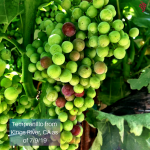
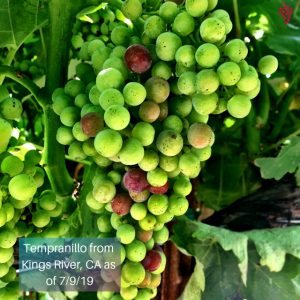




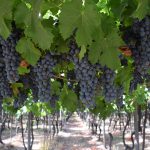

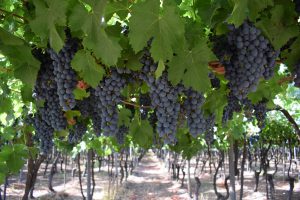
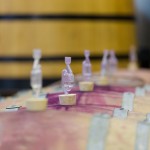



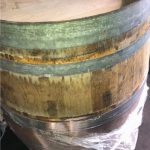
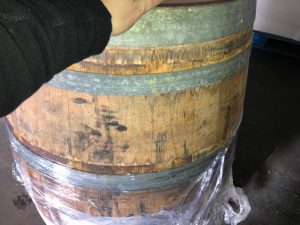
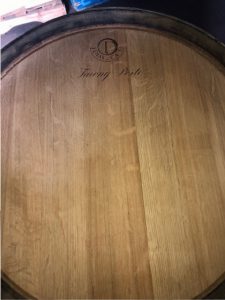
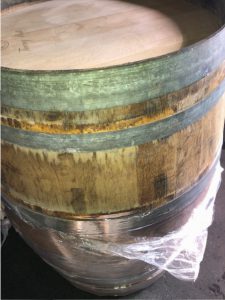
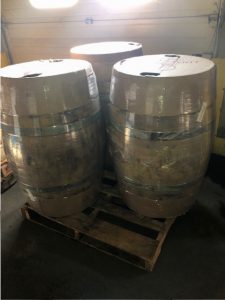




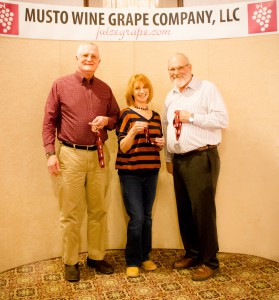

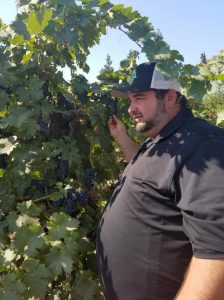
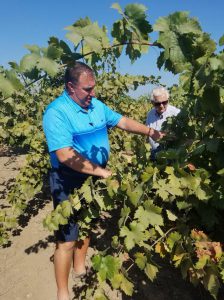
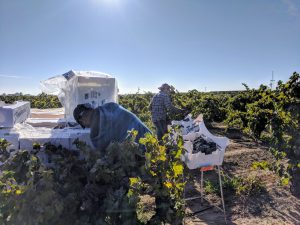

Recent Comments